Apple Studios, Savile Row, London
Producer: George Martin
Engineer: Glyn Johns
Following a week’s break, The Beatles resumed work on the Get Back/Let It Be sessions with the film crew present. 21 January 1969 was the first formal day of work following George Harrison’s temporary departure from the group, and saw them relocate from Twickenham Film Studios to the group’s own Apple Studios, in the basement of their headquarters in Savile Row, London.
Harrison had agreed to rejoin The Beatles on 15 January 1969, though not without certain conditions being met. It was at his insistence that they work at Apple Studios, and made it clear that he would leave for good unless the notion of a live show before an audience was abandoned. He did, however, agree to be filmed making an album, and for a potential live performance in some form.
The Beatles had actually assembled at Apple Studios the previous day, to test the equipment installed by EMI engineers after Alexis ‘Magic Alex’ Mardas’s original studio was found to be unsatisfactory.
A significant amount of time was spent on this day by Glyn Johns to ensure the studio was ready for recording. A PA system was set up, as were a Leslie speaker and a Fender Rhodes electric piano.
During the day a largely inaccurate newspaper report on The Beatles published by the Daily Sketch was passed around the group. The article by Michael Housego, headlined “The End of a Beautiful Friendship?” discussed an alleged fight between members of the band. At one point during the session Paul McCartney read extracts from the piece into a microphone while the other Beatles jammed in the background.
In terms of repertoire, The Beatles had barely moved on following their week off. They still spent much time working on ‘Dig A Pony’, ‘I’ve Got A Feeling’, and ‘Don’t Let Me Down’, but their playing was often sloppy and aimless.
One of the takes of ‘Dig A Pony’ was introduced by Lennon as “I Dig A Pigmy by Charles Hawtrey and the Deaf Aids. Phase one, in which Doris gets her oats.” This was later used as the opening for the Let It Be album, immediately before ‘Two Of Us’.
McCartney brought a new song, ‘Every Night’, to the session. This was performed again on 24 January, but was eventually held over until his debut solo album McCartney.
A song by Harrison, titled ‘Window, Window’, was introduced on this day and took shape on 24, 25 and 26 January. However, despite recording a solo demo over a year later, it was never released in his lifetime.
John Lennon played a new song idea, ‘All I Want Is You’, which was unrelated to ‘Dig A Pony’. He also revived ‘Madman’, a song previously played on 14 January, but it, too, was taken no further.
The only song from this day to have been officially released was a version of ‘She Came In Through The Bathroom Window’, which appeared on 1996’s Anthology 3 (the date was incorrectly listed as 22 January in the album booklet), featuring Lennon on electric piano.
Performances of ‘You Are My Sunshine’, ‘New Orleans’, ‘Queen Of The Hop’, ‘Gilly Gilly Ossenfeffer Katzenellen Bogen By The Sea’, ‘Forty Days’, ‘Too Bad About Sorrows’, ‘Dig A Pony’, ‘My Baby Left Me’, ‘Hi-Heel Sneakers’, ‘Hallelujah, I Love Her So’, ‘Milk Cow Blues’, ‘Good Rockin’ Tonight’, ‘Shout’, ‘Madman’, ‘I’ve Got A Feeling’, ‘Don’t Let Me Down’, and ‘She Came In Through The Bathroom Window’ from this day appeared in part two of the 2021 documentary Get Back.
The full list of songs recorded on this day, including fragments and off-the-cuff, unpublished songs with presumed titles (plus primary composer/best-known performer):
- ‘Window, Window’ (Harrison)
- ‘Somethin’ Else’ (Eddie Cochran)
- ‘Daydream’ (The Lovin’ Spoonful)
- ‘You Are My Sunshine’ (Jimmie Davis/Charles Mitchell)
- ‘Whispering’ (John Schoenberger/Richard Coburn/Vincent Rose)
- ‘I’m Beginning To See The Light’ (Duke Ellington)
- ‘Dig A Pony’ (21 versions)
- ‘I’ve Got A Feeling’ (four versions)
- ‘Every Night’ (McCartney)
- ‘Watch Your Step’ (Bobby Parker)
- ‘New Orleans’ (Gary US Bonds)
- ‘Madman’ (Lennon)
- ‘The Fool’ (Sanford Clark)
- ‘Run For Your Life’
- ‘Hi-Heel Sneakers’
- ‘My Baby Left Me’ (Elvis Presley)
- ‘That’s All Right (Mama)’ (Elvis Presley)
- ‘Hallelujah, I Love Her So’ (Ray Charles)
- ‘Milk Cow Blues’ (Kokomo Arnold)
- ‘I’m A Man’ (Bo Diddley)
- ‘Little Queenie’ (Chuck Berry)
- ‘When Irish Eyes Are Smiling’ (Chauncey Olcott/George Graff Jr)
- ‘Queen Of The Hop’ (Bobby Darin)
- ‘Five Feet High And Rising’ (Johnny Cash)
- ‘In The Middle Of An Island’ (Tony Bennett)
- ‘Gilly Gilly Ossenfeffer Katzenellen Bogen By The Sea’ (The Four Lads)
- ‘Good Rockin’ Tonight’ (Elvis Presley)
- ‘Forty Days’ (Ronnie Hawkins)
- ‘Too Bad About Sorrows’ (Lennon-McCartney)
- ‘I’m Ready’ (Fats Domino)
- ‘Papa’s Got A Brand New Bag’ (James Brown)
- ‘Shout’ (The Isley Brothers)
- ‘You’ve Got Me Thinking’ (Jackie Lomax)
- ‘Don’t Let Me Down’ (two versions)
- ‘Let’s Dance’ (Chris Montez)
- ‘Get Back’
- ‘For You Blue’
- ‘She Came In Through The Bathroom Window’ (five versions)
- ‘Madman’ (Lennon)
- ‘My Rock And Roll Finger Is Bleeding’* (Lennon)
- ‘Do The Bunny Hop’* (Lennon)
- ‘Blossom Dearie They Call Me’* (Lennon; two versions)
- ‘Oh How I Love The 12-Bar Blues’* (Lennon)
- ‘All I Want Is You’* (Lennon)
- ‘William Smith Boogie’* (Lennon-McCartney-Harrison-Starkey)
- ‘San Ferry Ann’* (McCartney)
- ‘You Gotta Give Back’* (Lennon-McCartney-Harrison-Starkey)
- ‘Well, Well, Well’* (McCartney)
- ‘Is That A Chicken Joke?’* (Lennon-McCartney-Harrison-Starkey)
* presumed title.
View the complete list of songs played during the January 1969 Get Back/Let It Be sessions.

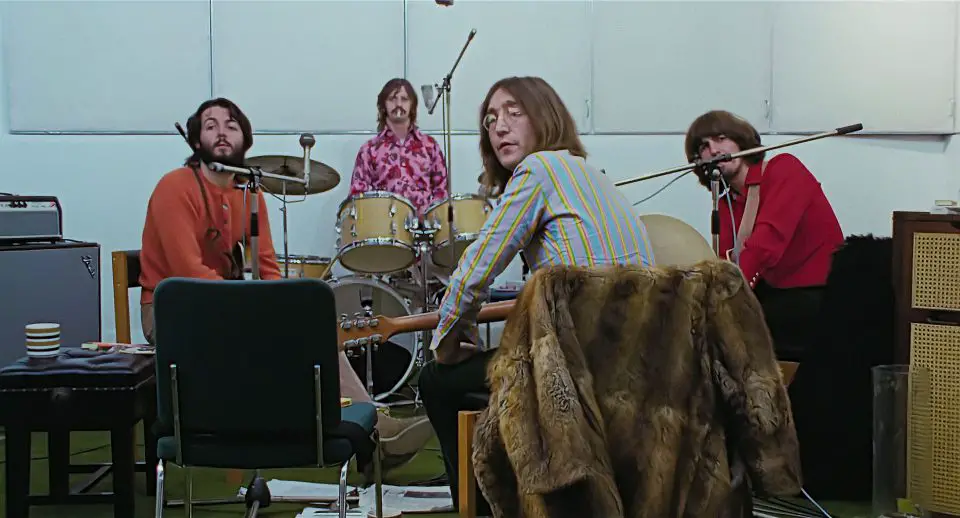
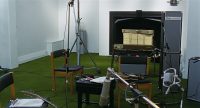

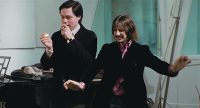
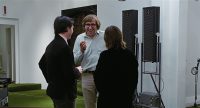

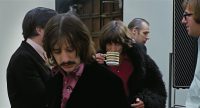
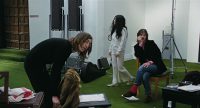
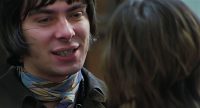

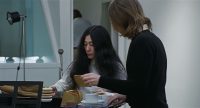
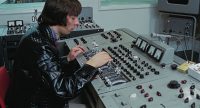
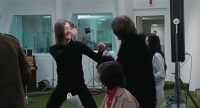
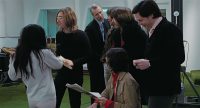
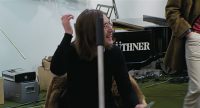
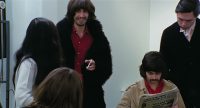
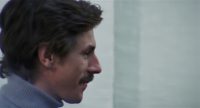
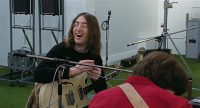
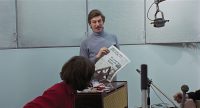
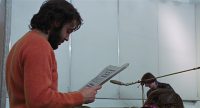
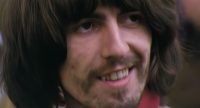
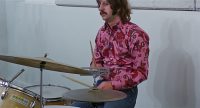


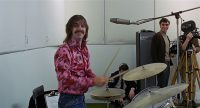
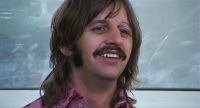
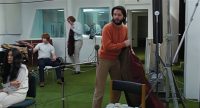
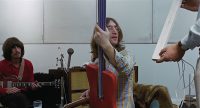
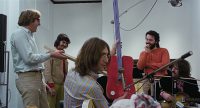
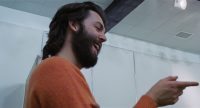

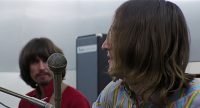
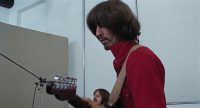
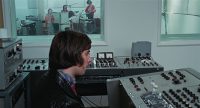
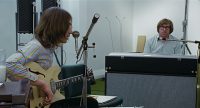
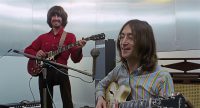

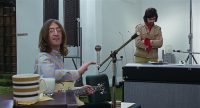
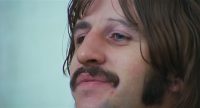
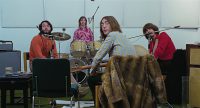


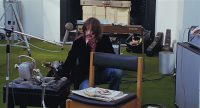
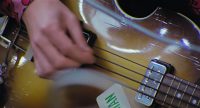
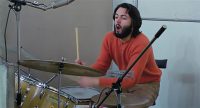
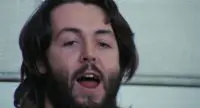
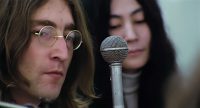
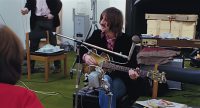
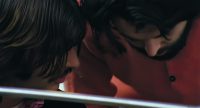
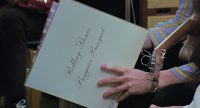

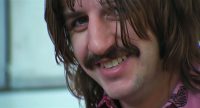
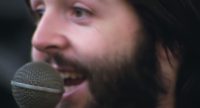

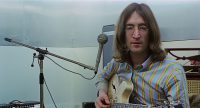

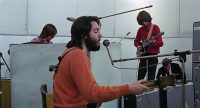
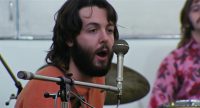
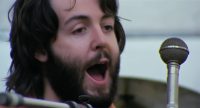

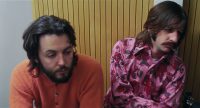
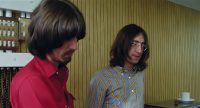
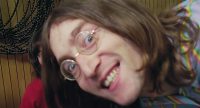
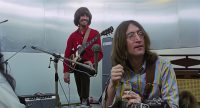

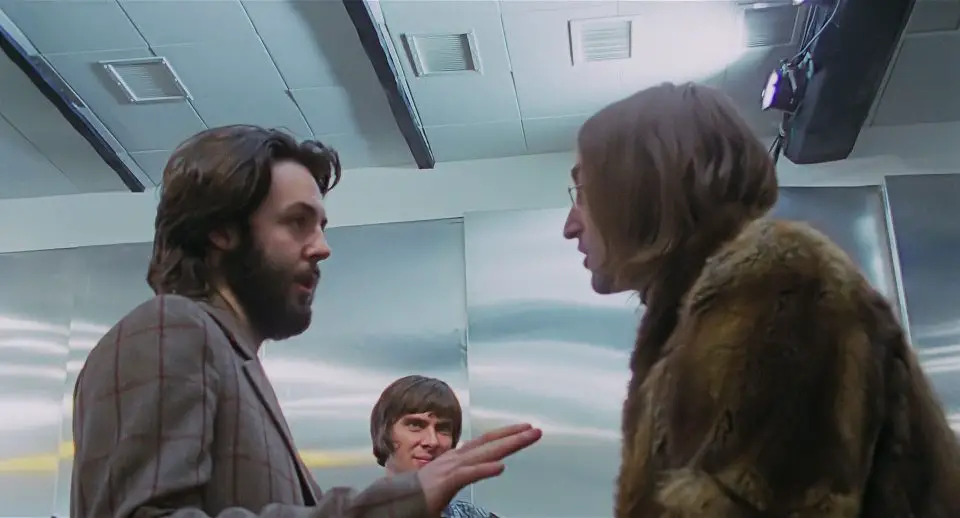
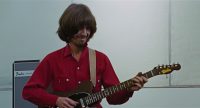
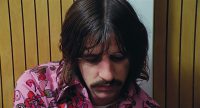
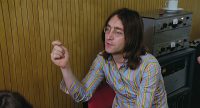
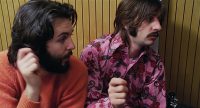
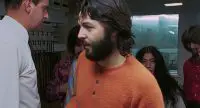
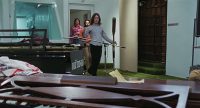
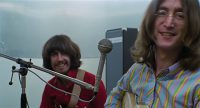
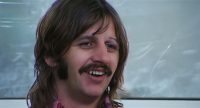
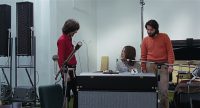
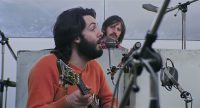
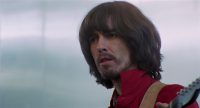
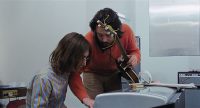
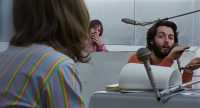
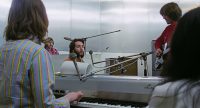
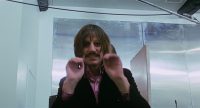
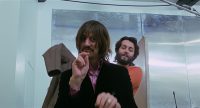
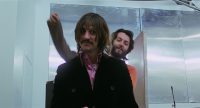
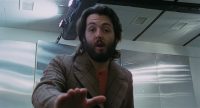
It’s good to see the positive impact on all four Beatles that the move to Apple Studios had – it was much more intimate, not oversized or a cold atmosphere.
Everyone is clearly much happier.